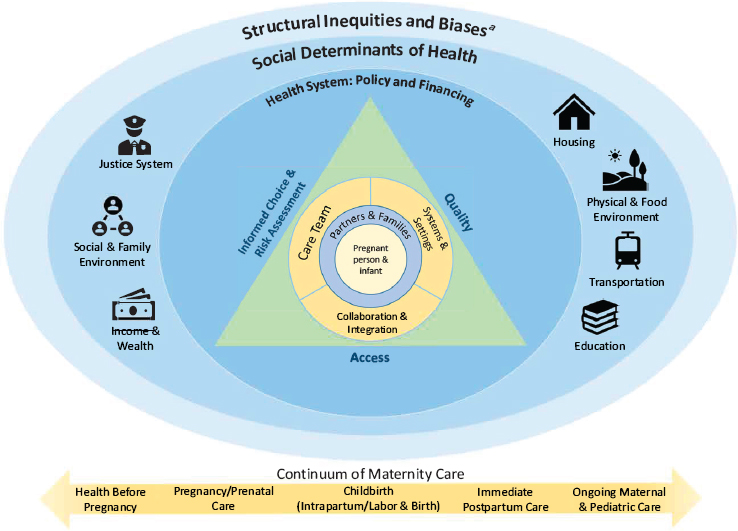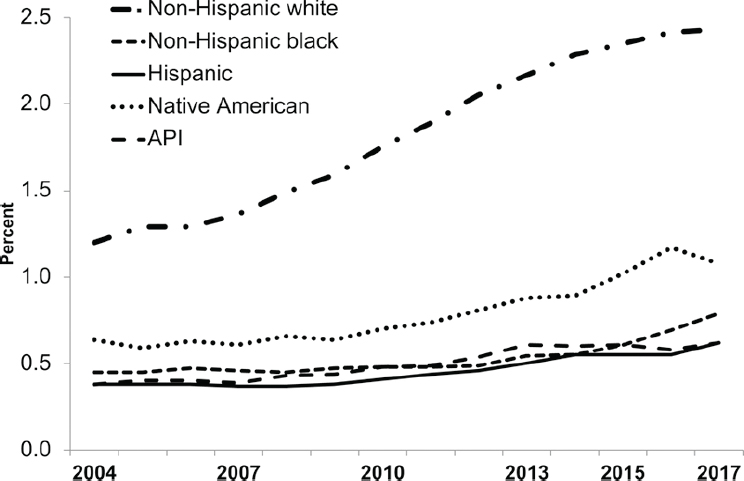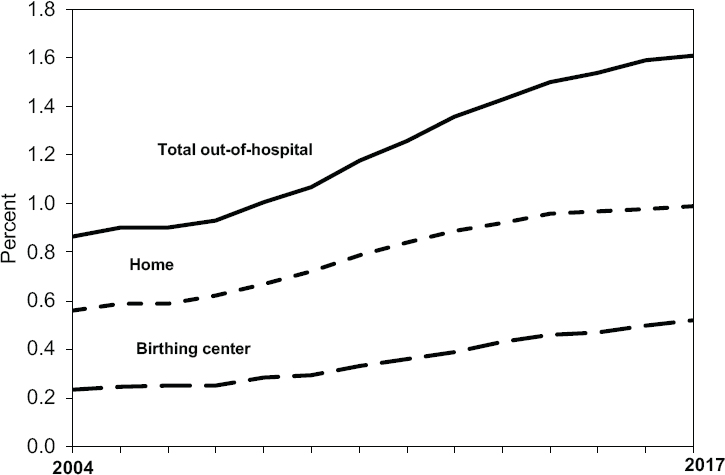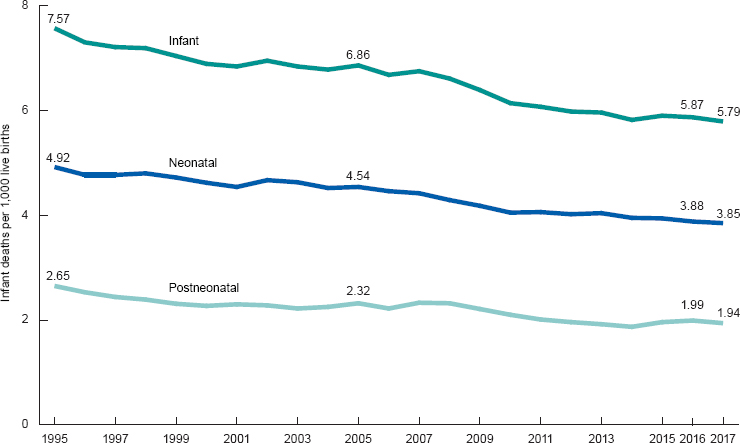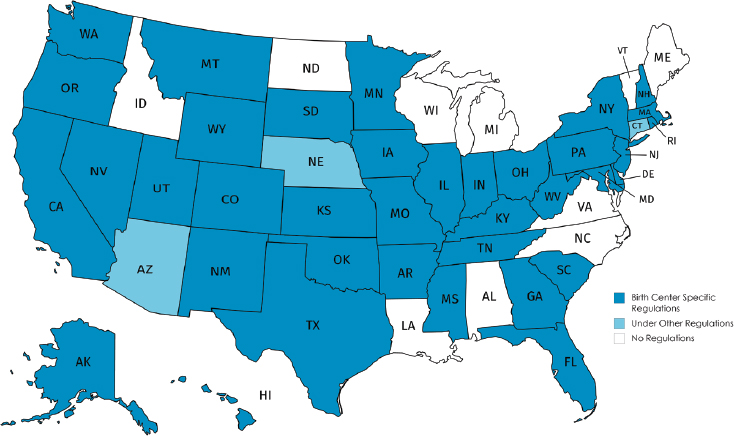Birth Settings In America Outcomes Quality Access And Choice
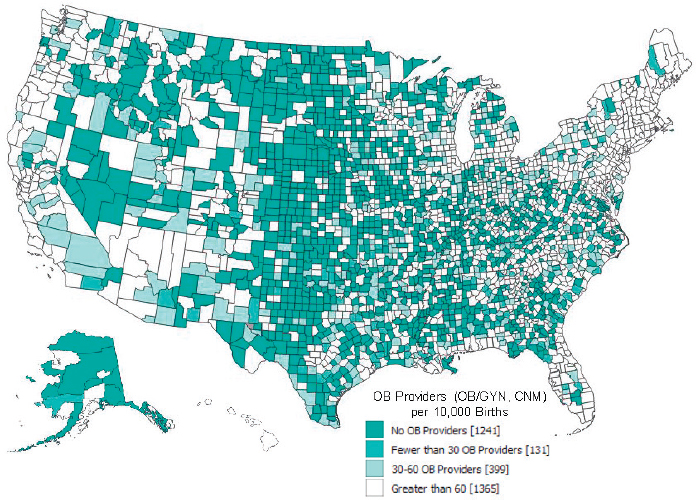
Maternal mortality rates in the United States remain alarmingly high, sparking renewed scrutiny of birth settings and their impact on outcomes. Disparities in access to quality care and limited birthing options are fueling a crisis demanding immediate attention.
The landscape of childbirth in America is fraught with inequities, impacting maternal and infant well-being. Access to diverse birth settings, like hospitals, birth centers, and home births, varies drastically across the country, influencing outcomes and perpetuating disparities for vulnerable populations.
The State of Birth Settings
Most births in the U.S. occur in hospitals, with around 98% of deliveries taking place in these settings, according to the Centers for Disease Control and Prevention (CDC). However, alternative options like birth centers and planned home births are gaining traction, particularly among women seeking more personalized and holistic care.
Birth centers, often staffed by midwives, offer a less medicalized approach to childbirth for low-risk pregnancies. Home births, attended by midwives or physicians, provide an even more intimate and controlled environment, but their accessibility and acceptance vary widely by state and insurance coverage.
Outcomes and Safety Concerns
Data on birth setting outcomes presents a complex picture. Hospital births, while generally considered the safest option for high-risk pregnancies, are associated with higher rates of interventions like cesarean sections and episiotomies.
Studies suggest that planned home births and birth center births, when attended by qualified professionals and for low-risk pregnancies, can have comparable or even better outcomes than hospital births in certain areas, with lower intervention rates.
However, the American College of Obstetricians and Gynecologists (ACOG) emphasizes that hospitals are the safest setting for childbirth, particularly when complications arise. Transfer protocols from home or birth center settings to hospitals are crucial for ensuring timely access to advanced medical care.
Access and Choice Under Pressure
Access to birth centers and home births remains limited in many areas, particularly in rural communities and for women with Medicaid or other forms of public insurance. Restrictive regulations and lack of insurance coverage pose significant barriers to accessing these options.
"Many women are unaware of their birthing options beyond the traditional hospital setting," says Dr. Emily Carter, a practicing midwife in rural Alabama. "Educating women about their choices and ensuring equitable access to all available settings is paramount."
The rising cost of childbirth, even with insurance, further restricts choices for many families. Hospital births can incur significant expenses, prompting some to explore potentially more affordable alternatives, despite potential limitations in coverage.
Quality of Care and Disparities
Quality of care varies significantly across birth settings, regardless of location. Addressing systemic racism and bias within the healthcare system is essential to eliminating disparities in maternal health outcomes.
Black women are disproportionately affected by maternal mortality and morbidity, regardless of birth setting, highlighting the need for culturally competent care and addressing underlying social determinants of health. Initiatives to train more midwives and doulas of color are crucial in bridging the gap in access to culturally sensitive care.
Improving data collection and transparency regarding outcomes across all birth settings is crucial for informed decision-making. This includes tracking transfer rates, intervention rates, and maternal and infant mortality rates by setting and demographic group.
Next Steps and Ongoing Developments
Several states are actively working to expand access to midwifery care and birth center services through legislation and policy changes. Efforts to improve insurance coverage for out-of-hospital births are also underway.
The National Association of Certified Professional Midwives (NACPM) is advocating for federal legislation to recognize and regulate the midwifery profession nationwide. This would help standardize training and ensure consistent quality of care across states.
Continued research and data analysis are essential to understand the long-term impacts of different birth settings on maternal and infant health. Fostering collaboration between healthcare providers, policymakers, and community organizations is crucial in creating a more equitable and supportive birth system for all.
